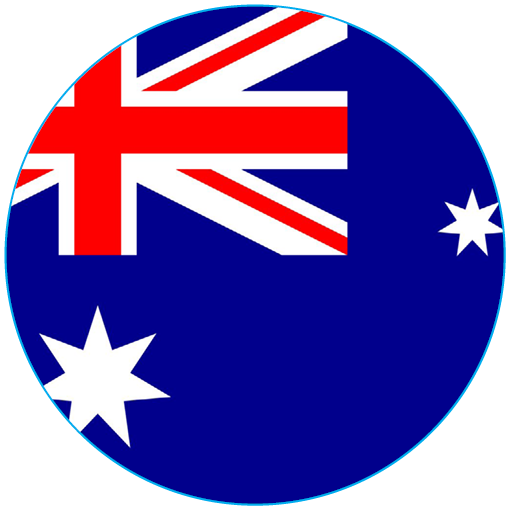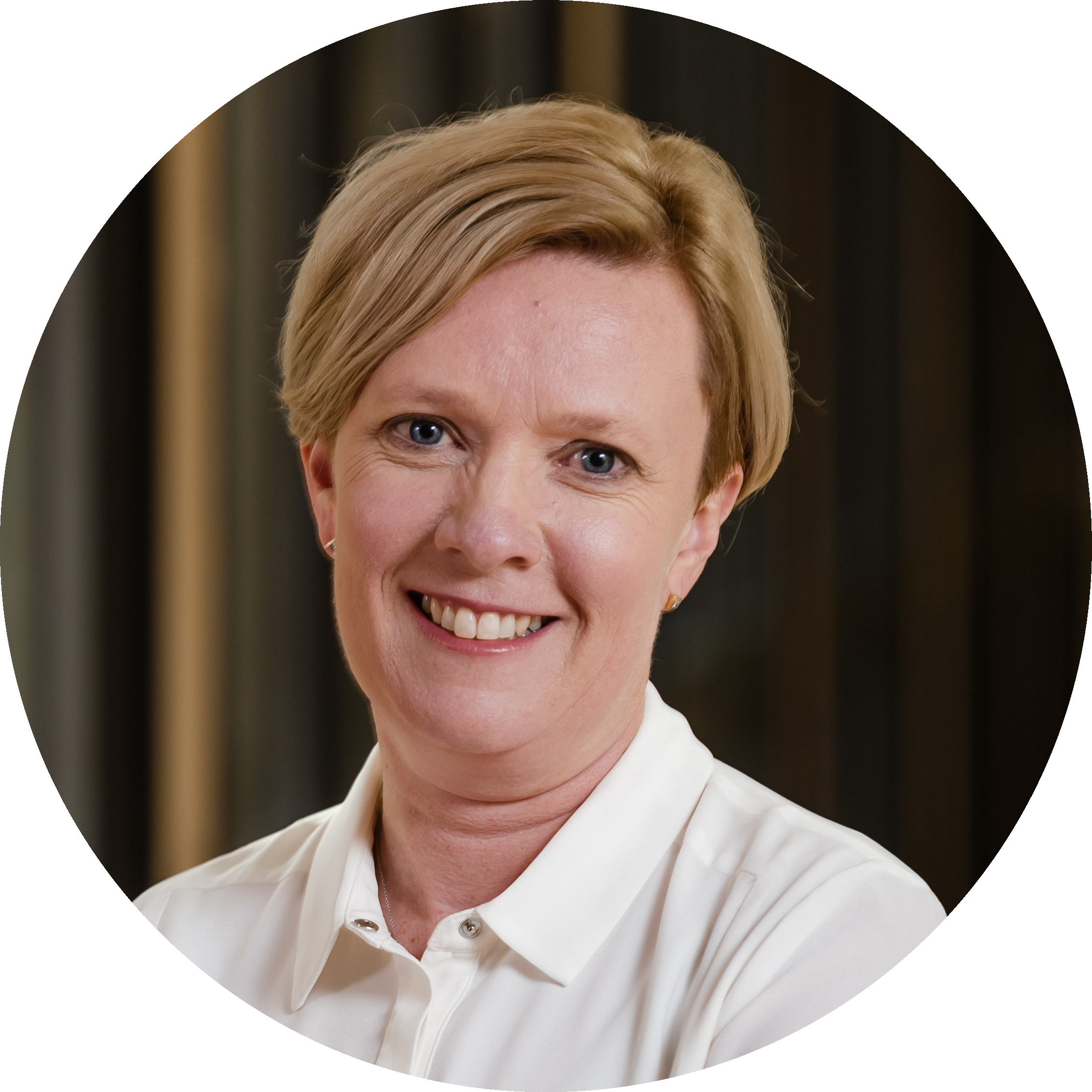

Dr. Gillian Hirth was appointed as Chief Executive Officer of the Australian Radiation Protection and Nuclear Safety Agency (ARPANSA) in March 2022, after serving for almost six years as Head, Radiation Health Services (RHS) Branch of ARPANSA and Deputy Chief Executive Officer of ARPANSA.
Dr. Hirth completed a PhD in environmental radiochemistry in 1999 and from 2000 to 2003 she was a Post-Doctoral Research Fellow at the Australian Nuclear Science and Technology Organisation. Her research focussed on the transport of uranium decay series in the environment and their transfer to the biota.
Dr. Hirth worked for the Australian Defence Organisation from 2003 to 2010 in the field of hazardous materials and environmental management, this work included the management of radiation sources and facilities, nuclear materials, occupational exposures and waste across the organisation. She has been with ARPANSA since 2010 initially working in codes and standards development she then led a project examining radionuclide activity concentration ratios in wildlife inhabiting uranium mining environments and was Director of the Monitoring and Emergency Response Section in RHS Branch from 2014 to August 2016.
Dr. Hirth worked on the OECD/NEA Expert Group on Radiological Protection Science (EGRPS). She was the Australian representative on the IAEA's Emergency Preparedness & Response Safety Standards Committee (EPReSC) for the term 2015-2017.
Dr. Hirth is member of the International Commission on Radiological Protection Committee 4 for the term 2017-2021, and is a member of the Board of Council of the International Union of Radioecology.
Dr. Hirth joined the Australian delegation in 2013, was alternate representative from 2014 to 2016 and is the Australian Representative since the sixty-fourth session in 2017.
